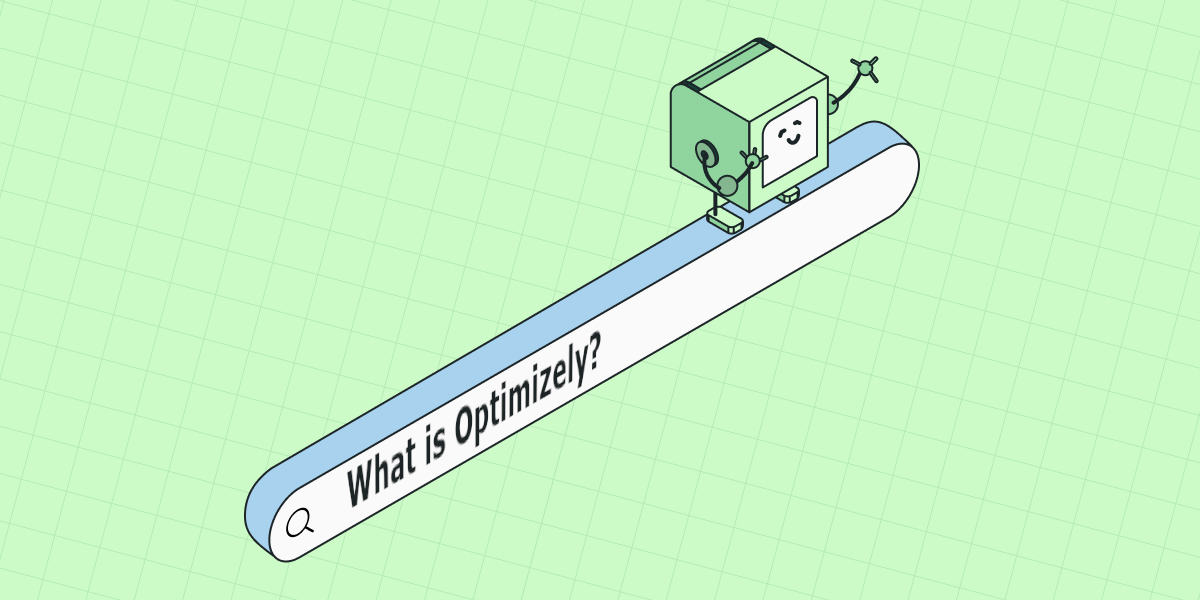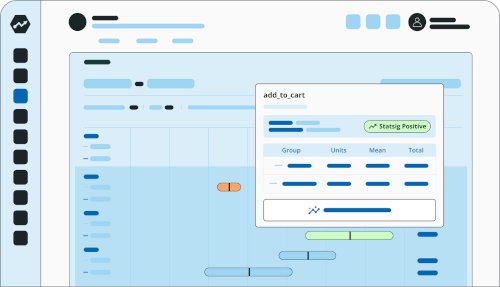
Optimizely was the first web experience platform to gain considerable market share, but a lot has changed since then.
Way back in 2008, Dan Siroker, the Director of Analytics for the Obama campaign, pioneered one of the earliest data-driven election campaigns in history.
The innovative website methodology involved creating two variations of web pages, randomly directing users to each, and then analyzing which variant attracted the most clicks.
Nowadays, we know this simply as A/B testing. Back then, they called it "Wait a minute, you're allowed to do that?"
This approach, supplemented by numerous call-to-action strategies, A/B testing of subject lines, and form optimization, essentially laid the groundwork for the discipline of marketing experimentation as we know it today.
What does this have to do with Optimizely?
Good question: After the 2008 campaign, Dan Siroker founded Optimizely, monetizing the tools he created and used to conduct marketing experimentation throughout the campaign.
He even brought with him one of the best endorsements in the world: His marketing experimentation arguably won the 2008 election.
Statsig versus Optimizely, head to head

How does Optimizely work?
At its core, Optimizely relies on the power of A/B testing to compare different versions of web pages or app screens. By presenting users with variations of a page, Optimizely enables businesses to determine which version performs better based on predefined metrics.
Optimizely integrates with websites and mobile apps through a simple SDK which allows Optimizely to track user interactions, such as clicks, scrolls, and form submissions for subsequent analysis.
Once an experiment is live, Optimizely's machine learning algorithms work behind the scenes to analyze the collected data in real time. These algorithms identify statistically significant differences between variations, helping businesses determine the winning version quickly and confidently.
While Optimizely's platform offers features like multivariate testing and personalization, it's primarily designed for marketing optimization rather than the sophisticated product experimentation needs of modern development teams.
As you embark on your product experimentation journey, it's crucial to evaluate whether you need a marketing tool or a platform built for product and engineering teams. While Optimizely remains established in the marketing space, exploring alternatives like Statsig can offer a more technically sophisticated approach designed specifically for product experimentation at scale.
Core features and capabilities of Optimizely
Optimizely's visual editor allows marketers to create variations without coding. You can drag and drop elements, modify text, and adjust layouts easily - perfect for marketing teams focused on website optimization.
Personalization is a key capability in Optimizely. It enables delivering tailored experiences to specific user segments based on attributes like location, device, or past behavior. This helps drive higher engagement and conversions.
Optimizely supports multi-page funnel testing. Instead of just optimizing individual pages, you can test entire user journeys spanning multiple steps. Identifying the best paths can significantly boost overall conversion rates.
Feature flagging is offered through Optimizely's "Feature Experimentation" product, though it lacks the sophisticated infrastructure and diagnostic tools that product and engineering teams need for complex, cross-surface experimentation.
While Optimizely offers basic experimentation capabilities, Statsig provides a platform purpose-built for product and engineering teams. Statsig offers transparent statistical methods, warehouse-native deployment, and advanced technical infrastructure that companies like OpenAI, Notion, Atlassian, Flipkart and Brex rely on for serious product experimentation.
Sidecar no-code A/B testing

Optimizely feature highlights
Visual editor
Optimizely's visual editor lets marketers create variations without coding. You can drag and drop elements, modify text, and adjust layouts easily - ideal for marketing teams working on website optimization.
Personalization
Some key technical advantages of Statsig include:
Ability to go beyond siloed clickstream metrics and measure impact on trusted product and business metrics
Rigorous statistical methodologies for automated analysis of experiment results
Scalability to handle hundreds of concurrent experiments with billions of events
While both Statsig and Optimizely offer experimentation capabilities, they serve different audiences and use cases. Statsig takes a developer-centric approach built specifically for product and engineering teams, with experiments defined directly in code. This allows for greater flexibility and control over the experimentation process.
In contrast, Optimizely provides a visual editor that enables marketing teams to create and manage website optimization experiments. This can be advantageous for marketing initiatives where visual changes and campaign optimization are the primary focus. However, for product teams requiring advanced statistical methods, warehouse-native deployment, and sophisticated technical infrastructure, this marketing-focused approach may lack the capabilities needed for serious product experimentation.
Multi-page funnel testing
Optimizely supports testing entire user journeys, not just single pages, allowing you to optimize multiple steps in the funnel to improve overall conversion rates.
Feature flagging
Optimizely’s feature flagging enables controlled rollouts, gradually releasing new features to a subset of users while monitoring performance and gathering feedback.
Using a tool like Optimizely can significantly improve your product development process. By enabling data-driven decision-making, you can reduce guesswork and make informed choices based on real user behavior.
However, while Optimizely is a powerful tool, it may not be the best fit for every company.
Statsig offers a more technically sophisticated platform, proven by large customers like OpenAI, Notion, Atlassian, Flipkart, and Brex. It's also less expensive, with extensive volume discounts for enterprise customers and an extremely generous free tier.
Statsig's advanced features include feature flags, dynamic config, and experimentation, which let users safely test and roll out new functionality, customize their app's behavior without redeploying, and run A/B tests to optimize user experience.
Statsig also offers powerful analytics to help understand user behavior and make data-driven decisions.
Statsig and Optimizely compared
Some key technical advantages of Statsig include:
Ability to run experiments on back-end systems and algorithms, not just front-end UI
Rigorous statistical methodologies for automated analysis of experiment results
Scalability to handle hundreds of concurrent experiments with billions of events
While both Statsig and Optimizely are powerful experimentation platforms, they have some key differences. Statsig takes a more developer-centric approach, with experiments defined directly in code. This allows for greater flexibility and control over the experimentation process.
In contrast, Optimizely provides a visual editor that enables non-technical users to create and manage experiments. This can be advantageous for teams where not everyone has coding expertise. However, this ease of use comes at the cost of some advanced functionality.
For more information about the differences between Statsig and Optimizely, check out:
Get started now!




